Weekly Tech Recap - № 258 - Pac-Man clone, Plus Codes, programming trends, mea culpa from Microsoft and Walmart tablets
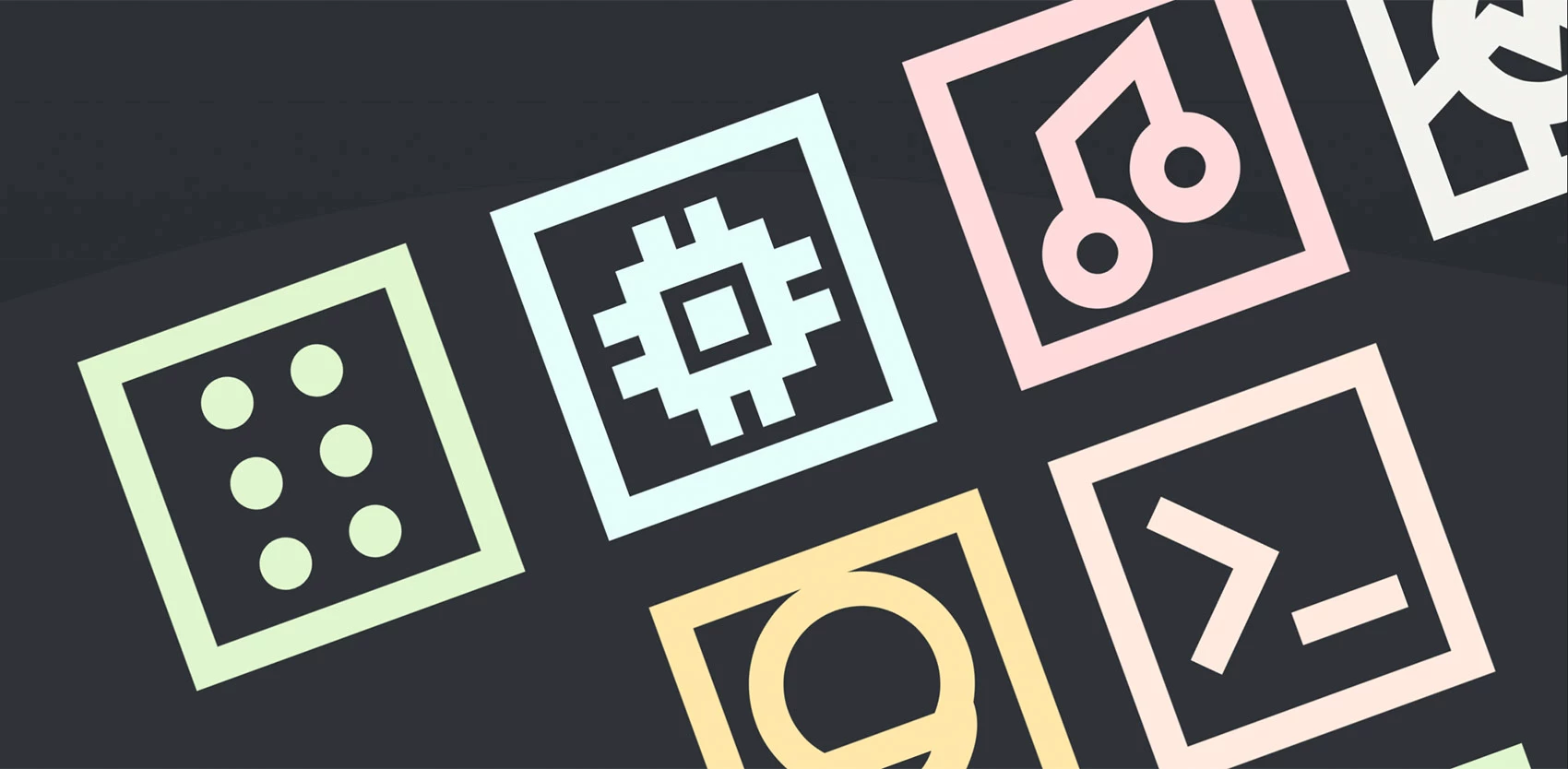
Pac-Man’s ghost
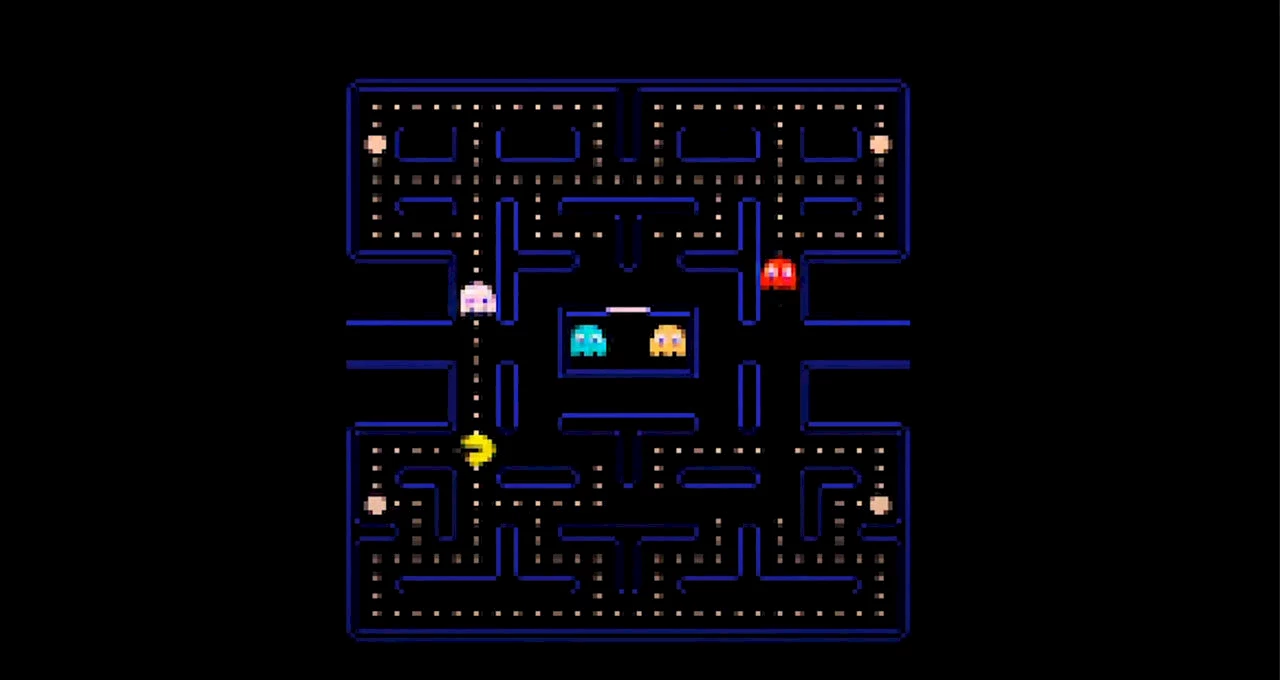
GameGAN. © Nvidia.
GameGAN is a powerful new neural network model created by a Toronto-based Nvidia artificial intelligence research lab. This model is able to generate a functional simulation of a video game just by watching it being played on-screen and observing keyboard or joystick interactions. It is based on generative adversarial networks, or GAN. As a tribute to Namco’s timeless game launched forty years ago this year, in 1980, researchers decided to test GameGAN with Pac-Man, and the result is surprisingly good. Nvidia says that its technology could help developers create games, for example by developing new levels. This said, Pac-Man is a straightforward game, and GameGAN still needed 50,000 hours of game time to learn it (conveniently generated by another artificial intelligence!) AI-developed games might not be in our immediate future.
⇨ YouTube, “NVIDIA GameGAN: Celebrating 40 years of Pac-Man with game-changing AI.”
Speaking of Pac-Man, we recommend this excellent video that explains why it was so revolutionary in its time, how each ghost has its own personality, and how the game changed the future of video games:
⇨ YouTube, “Pac-Man | Design Icons.”
⇨ Ars Technica, Sam Machkovech, “After watching 50,000 hours of Pac-Man, Nvidia’s AI generated a playable clone.”
⇨ Nvidia, Isha Salian, “40 Years on, Pac-Man recreated with AI by Nvidia researchers.”
Simplified addresses
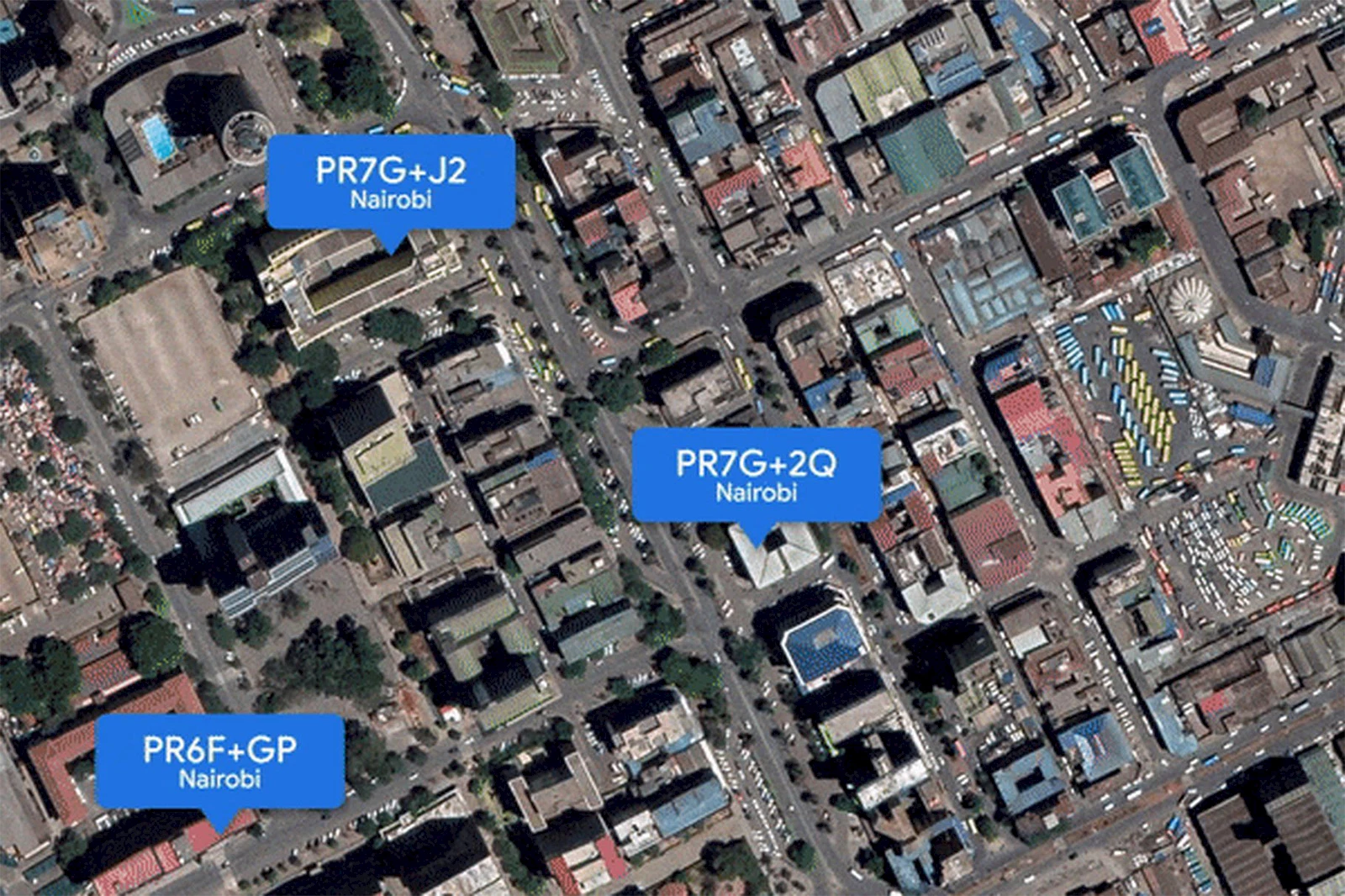
Plus Codes. © Google.
Google has added a feature to its Maps service for mobile devices to quickly and easily obtain a 7-character code for any location on earth. For example, Spiria’s offices in Montreal can be found at G9MJ+77. These “Plus Codes” were originally developed for countries where it is common for streets and houses to have no names or numbers, making it difficult to find places. Plus Codes provide a reliable, accurate numerical address for those with no official address and ease the work of emergency and delivery services. According to Google, over 2 billion people in the world have no address, or have an address that is hard to find. While this coding system is not exactly new (Google starting implementing it in 2018), it is now easier to access: just click on the blue positional icon in Google Maps.

⇨ YouTube, “Addressing underserved urban communities in Kolkata.”
⇨ The Verge, Jon Porter, “Google Maps makes it easier to share your location without an address.”
Programming trends
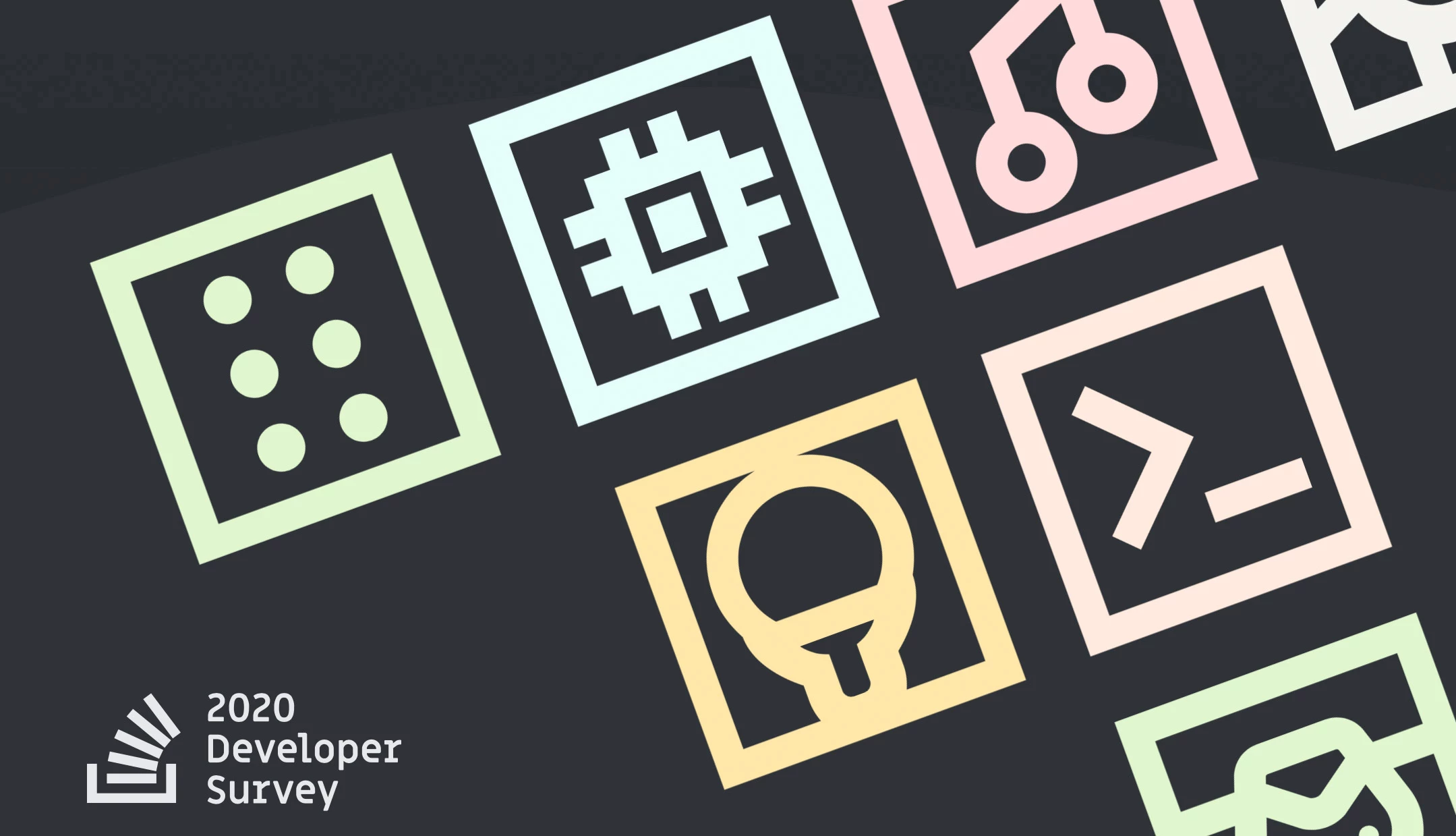
2020 Developper Survey. © Stack Overflow.
On its tenth year of polling developers from all over the world, Stack Overflow received some 65,000 responses to its lengthy questionnaire. This year, the three most-loved languages by programmers are Rust, TypeScript and Python, in that order, the only difference compared to last year being that Python has lost its second place to TypeScript. The most-hated language is still VBA, a Microsoft Visual Basic implementation that hasn’t been updated since 2013 (we’re wondering who the heck is still using it… or is it just long-term remnants of VBA trauma?) As for Web frameworks, ASP.NET Core is still beloved by 70.7% of respondents and Angular.js seems to be dreaded. The most lucrative technologies to master are: Perl, Scala, Go, Rust and Ruby. The top five platforms are Linux, Windows, Docker, AWS, MacOS. Not surprisingly, figures show that the developer community is predominantly male (91.7% compared to 92.1% last year).
⇨ Stack Overflow, “2020 Developper Survey.”
Mea culpa from Microsoft

Brad Smith. © Microsoft.
Microsoft President Brad Smith now believes the company was wrong about open source (better late than never): “Microsoft was on the wrong side of history when open source exploded at the beginning of the century, and I can say that about me personally,” said Smith in a recent MIT event. Smith has been at Microsoft for more than 25 years and was one of the company’s senior lawyers during its battles with open-source software. “The good news is that, if life is long enough, you can learn… that you need to change,” added Smith. Microsoft has certainly changed since Steve Ballmer called Linux a cancer in 2001. The software giant is now the single largest contributor to open-source projects in the world, beating Facebook, Docker, Google, Apache, and many others. Microsoft has evolved for the better over the years, especially since the retirement of the booming Steve Ballmer in 2014, who embodied everything that many people hated about the arrogant Redmond giant.
⇨ The Verge, Tom Warren, “Microsoft: we were wrong about open source.”
Walmart tablets
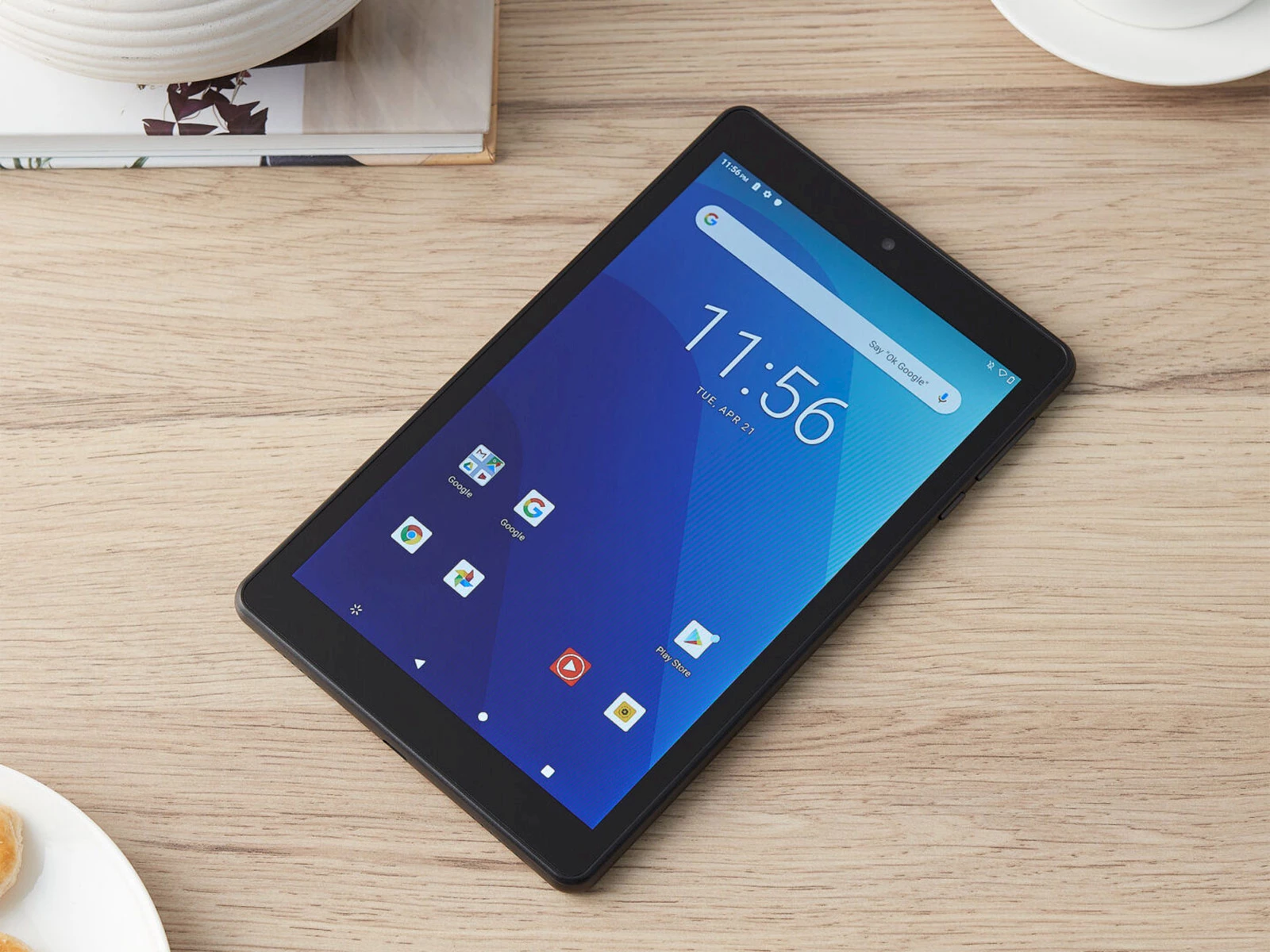
Onn.8 Tablet Pro. © Walmart.
Walmart has just released two new versions of its Onn tablet, for the very attractive price of USD99 for the 8-inch model, and USD20 more for the 10-inch version. These tablets provide features not usually found on Android devices at this price point. The 8-inch version has a LCD HD display, 32GB of storage, 2GB of RAM, a 2.0 GHz Octa-core processor and identical, 5 Mpx front and back cameras. The 10-inch model has a 1080p display, 3GB of RAM and an audio jack, but has the same processor, storage and cameras as the 8-inch model. It has a 10-hour battery life. Both tablets have a USB-C port. On paper, the Onn looks like it seriously competes with Amazon’s Fire. The Onn tablets seem like a good low-cost option for locked-down kids whose parents are trying to work from home, but they can also lend themselves to many other applications, as well as geeky projects.
⇨ Ars Technica, Ron Amadeo, “Walmart’s $99 Android tablet actually looks pretty good.”
